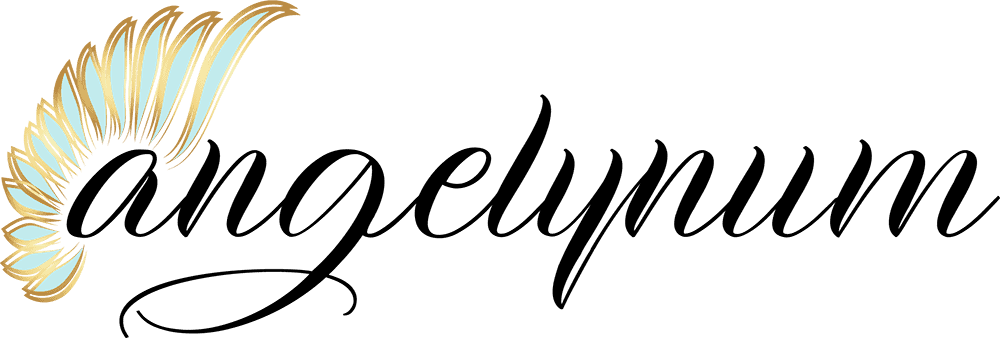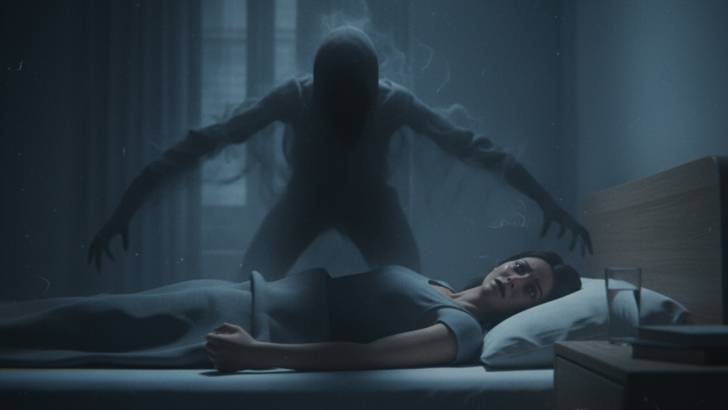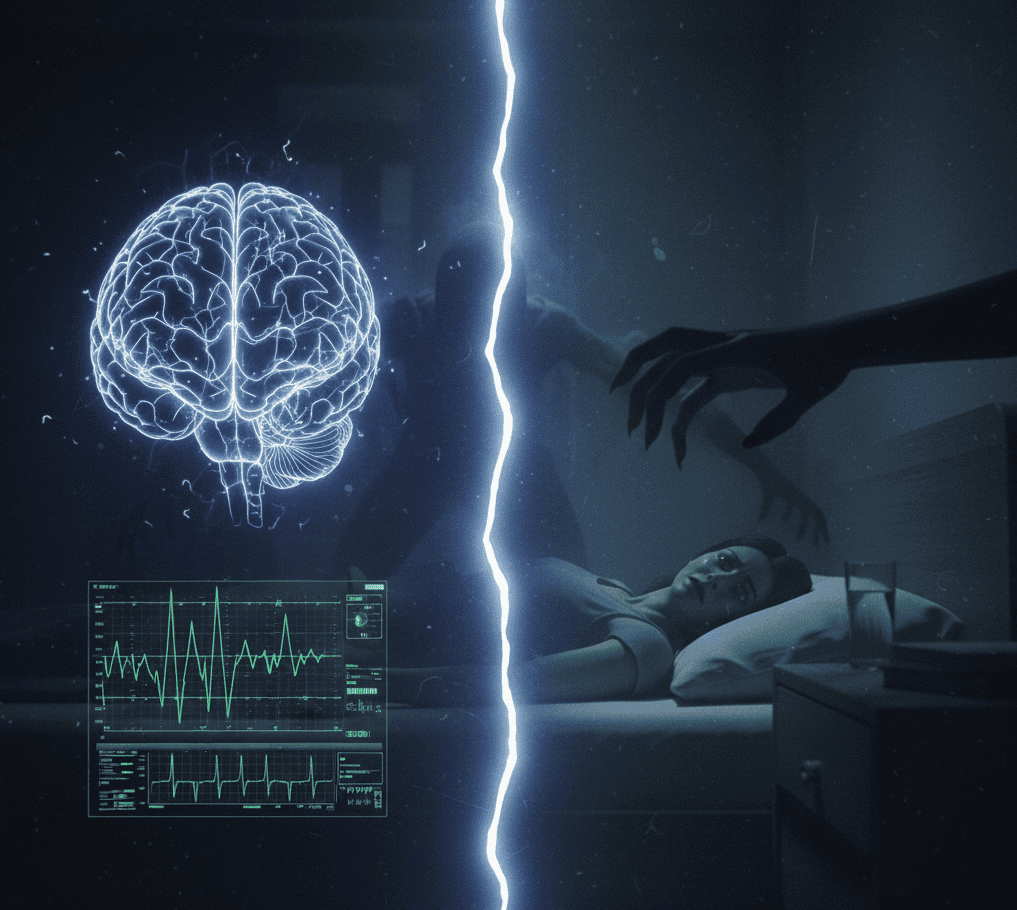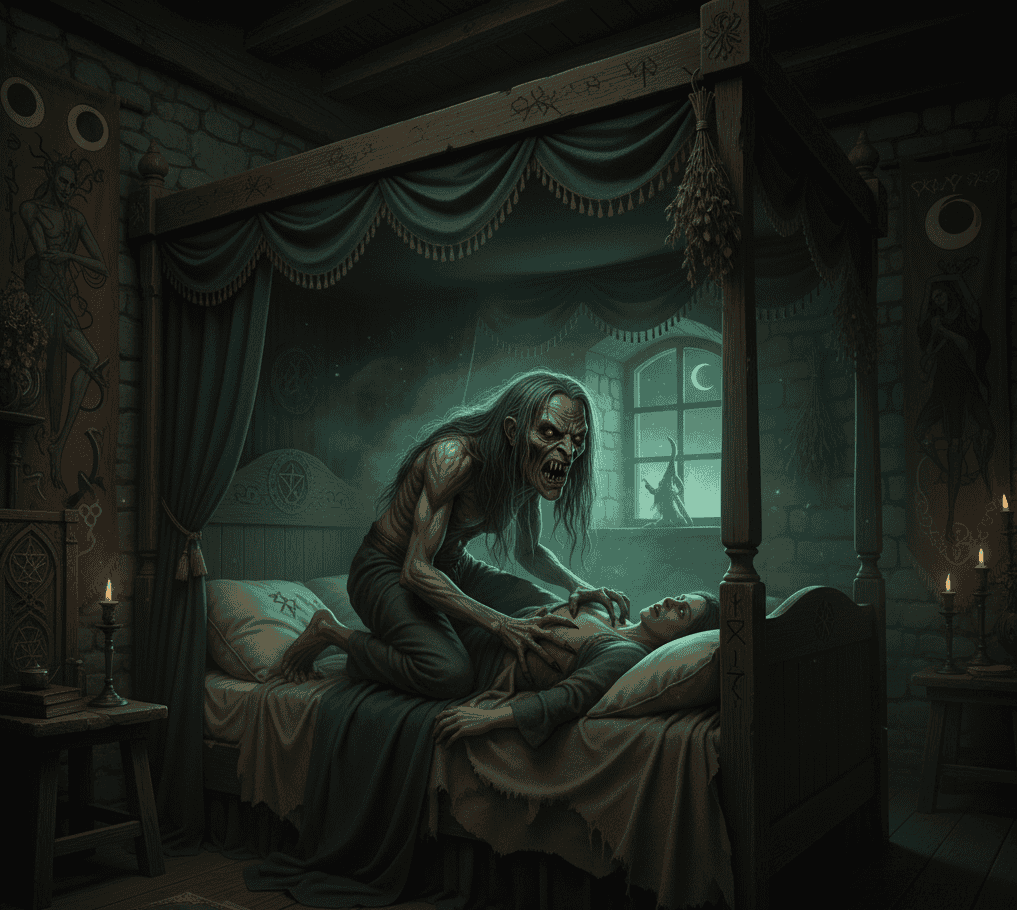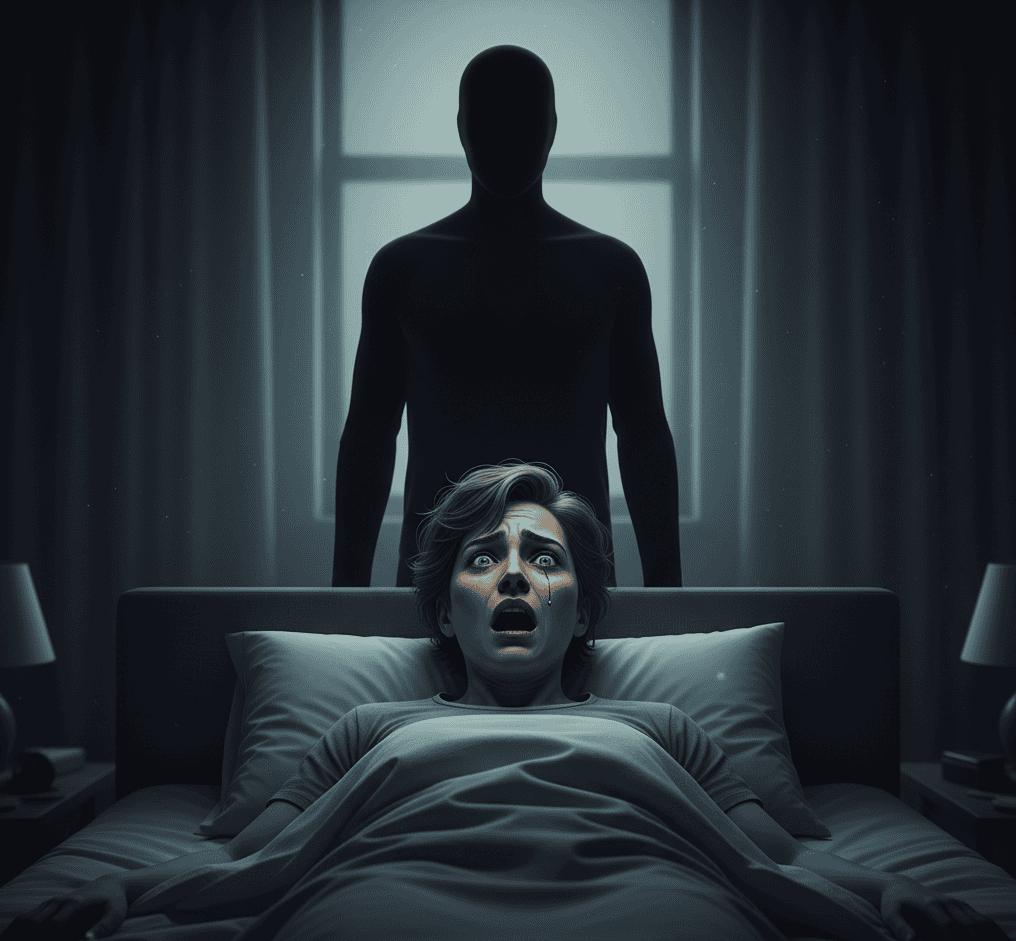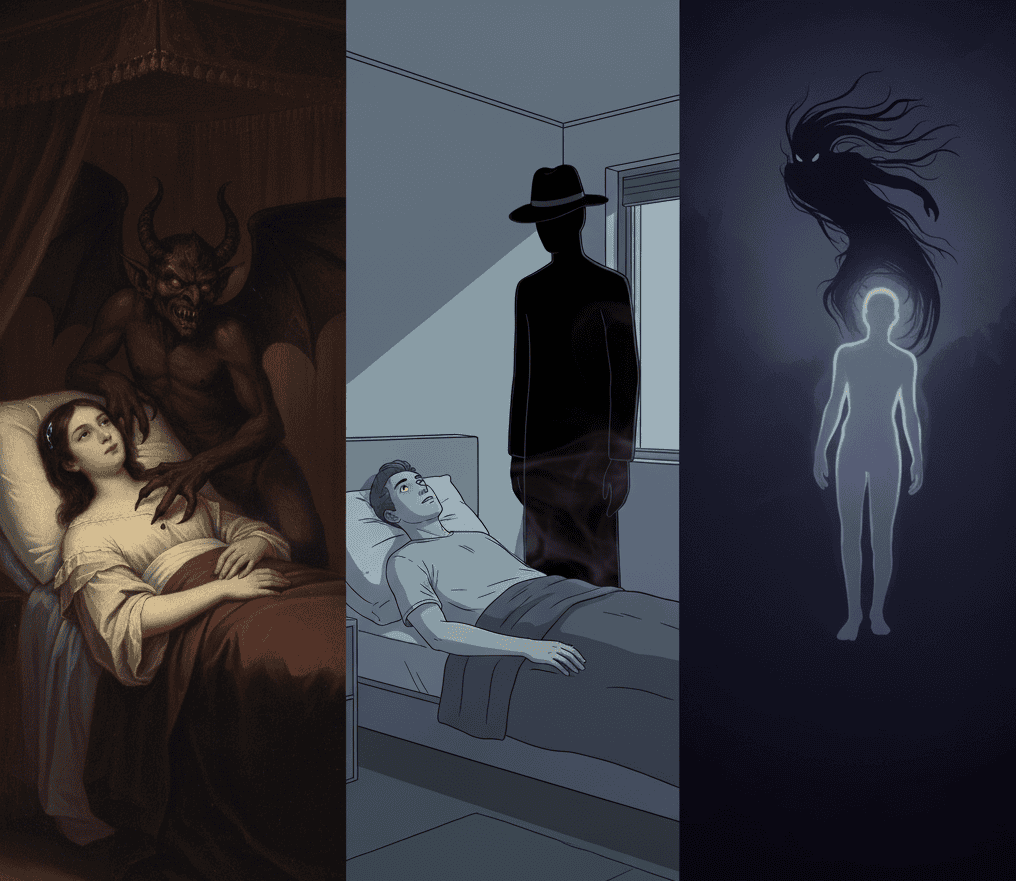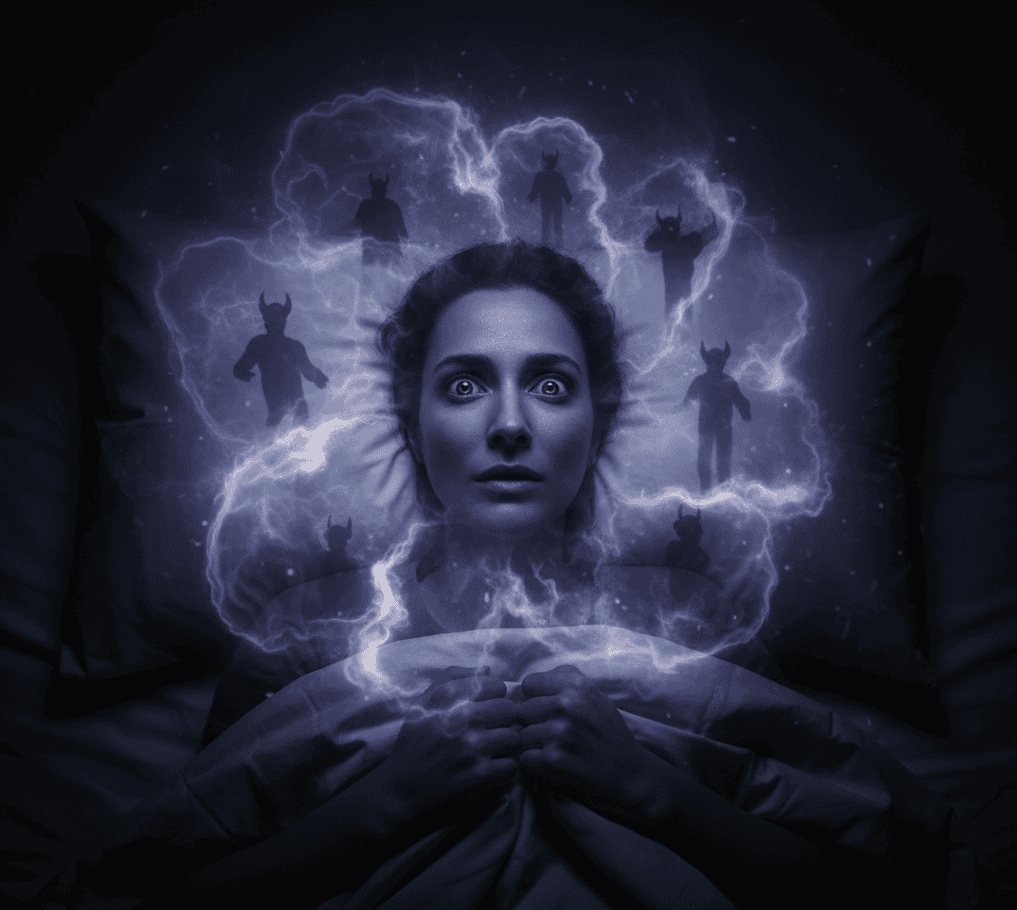You wake up in the middle of the night and realize you cannot move. Your chest feels heavy, your breathing is shallow, and there is a strange pressure in the room.
Maybe you sense someone standing near your bed. Maybe you even see them.
A shadowy figure watching you, sitting on your chest, or whispering something you cannot understand.
When it finally ends, you are left sweating and shaken. That terrifying experience is what scientists call sleep paralysis, and for centuries, people have linked it to demons, witches, and spirits.
When Science Meets the Supernatural
Sleep paralysis happens when your mind wakes up, but your body stays in the stage of sleep where muscles are paralyzed.
During deep sleep, your brain shuts off movement so you do not act out dreams. But sometimes that switch flips the wrong way.
You become aware before your body catches up, trapped between sleeping and waking. You can see your room, but you cannot move or speak.
It sounds simple when scientists explain it, but when you are lying there unable to move while something feels wrong in the dark, logic is hard to hold onto.
The brain’s chemistry creates a vivid mix of dreaming and reality. Hallucinations appear real because your senses are active.
You might see shadows that shift into figures or hear footsteps that are only in your head.
Even though modern research has identified the cause, the feeling of being trapped and watched still feels deeply unnatural.
There is something ancient about it, something that makes people instinctively think of good and evil, of being hunted by something unseen.
The Old Tales of the Night Hag
Long before sleep paralysis had a medical explanation, it had a face. In many cultures, the event was blamed on a creature that sat on the chest of a sleeping person.
In English folklore, this being was called the Night Hag. People believed she would sneak into homes at night and steal the breath of those she tormented.
Stories from other cultures sound strikingly similar. In Scandinavia, the same being was called the Mara, a spirit who pressed on the chest of sleepers.
In Newfoundland, she was known as the Old Hag, and people even described the same sensations of paralysis and suffocation.
Across Japan, there is “kanashibari,” a word that describes being bound by invisible forces during sleep.
Even in African and Caribbean traditions, there are tales of witches or spirits who ride people in their sleep.
How could so many cultures describe the same event in such detail without ever meeting?
That question has fascinated historians and scientists alike. Some say it proves that the experience is universal.
The brain reacts in similar ways across all humanity. Others believe it hints at something older and deeper, an echo of the spiritual world that science has yet to touch.
When Fear Feels Real
What makes sleep paralysis so disturbing is not only the paralysis itself but the way fear seems to take form.
People often describe a presence in the room that feels aware and intelligent. Sometimes it stands in the corner.
Sometimes it sits on the bed or leans close to their face. Many feel that this presence is evil.
Scientists believe this is because the brain is confused. When your body cannot move, your mind still tries to make sense of the sensations it feels.
The brain tries to give those feelings a cause, and fear fills in the blanks. It turns the shadows into something alive.
For those who have experienced it, the fear goes beyond imagination. The creature feels real, not dreamlike. The air feels colder, and the sounds in the room shift subtly.
People who do not believe in the supernatural find themselves praying, whispering names of loved ones, or begging to wake up.
In that half-world between dreaming and waking, logic breaks down. For a few seconds that feel endless, the line between science and myth disappears completely.
The Myths That Refuse to Die
Even today, with all the information available, many people still believe their experiences are not just medical.
They speak of ghosts, demons, or even alien abductions. Movies and books have turned the phenomenon into a common theme in horror.
It is easy to see why. Sleep paralysis touches something primal — the fear of losing control of your own body, the sense of being trapped while danger creeps closer.
In the Middle Ages, paintings often showed demons crouched on sleeping people’s chests.
These images captured how real the experience felt. Centuries later, artists and writers still return to this same image because it symbolizes that moment when human vulnerability meets the unknown.
Some believe that the “shadow man” or “hat man” seen during paralysis is not a hallucination at all but a shared glimpse of a darker dimension.
Psychologists, on the other hand, say these shapes are created by the brain’s tendency to recognize human forms even in vague shadows.
The persistence of these myths shows how powerful the experience can be. It does not matter how much science explains.
The emotions it awakens are raw and ancient. People still light candles, hang charms, or whisper prayers before bed to keep the night hag away.
A Glimpse Into the Human Mind
Sleep paralysis reminds us that our minds are full of mysteries. It blurs the line between dream and reality, between science and spirit.
It shows how easily the brain can create a world so convincing that it becomes terrifying. But it also offers insight into how legends are born.
A single moment of helplessness can echo across centuries, shaping myths, art, and belief.
Maybe that is why stories of the night hag and shadow figures still feel alive. They represent the hidden corners of human fear, the parts of the mind that even science cannot fully comfort.
The next time you wake up in the middle of the night and cannot move, remember that you are not alone.
Thousands of people across time have felt that same weight, seen that same figure, and told that same story.
Whether it was a trick of the brain or a visit from something else remains a question that keeps humanity staring into the dark, still unsure of what truly waits there.

私は生まれたときから、常に神との強いつながりを感じていた。作家として、また指導者として、私の使命は、人々が最も暗い時代に愛と幸福と内なる強さを見つけるのを助けることである。
